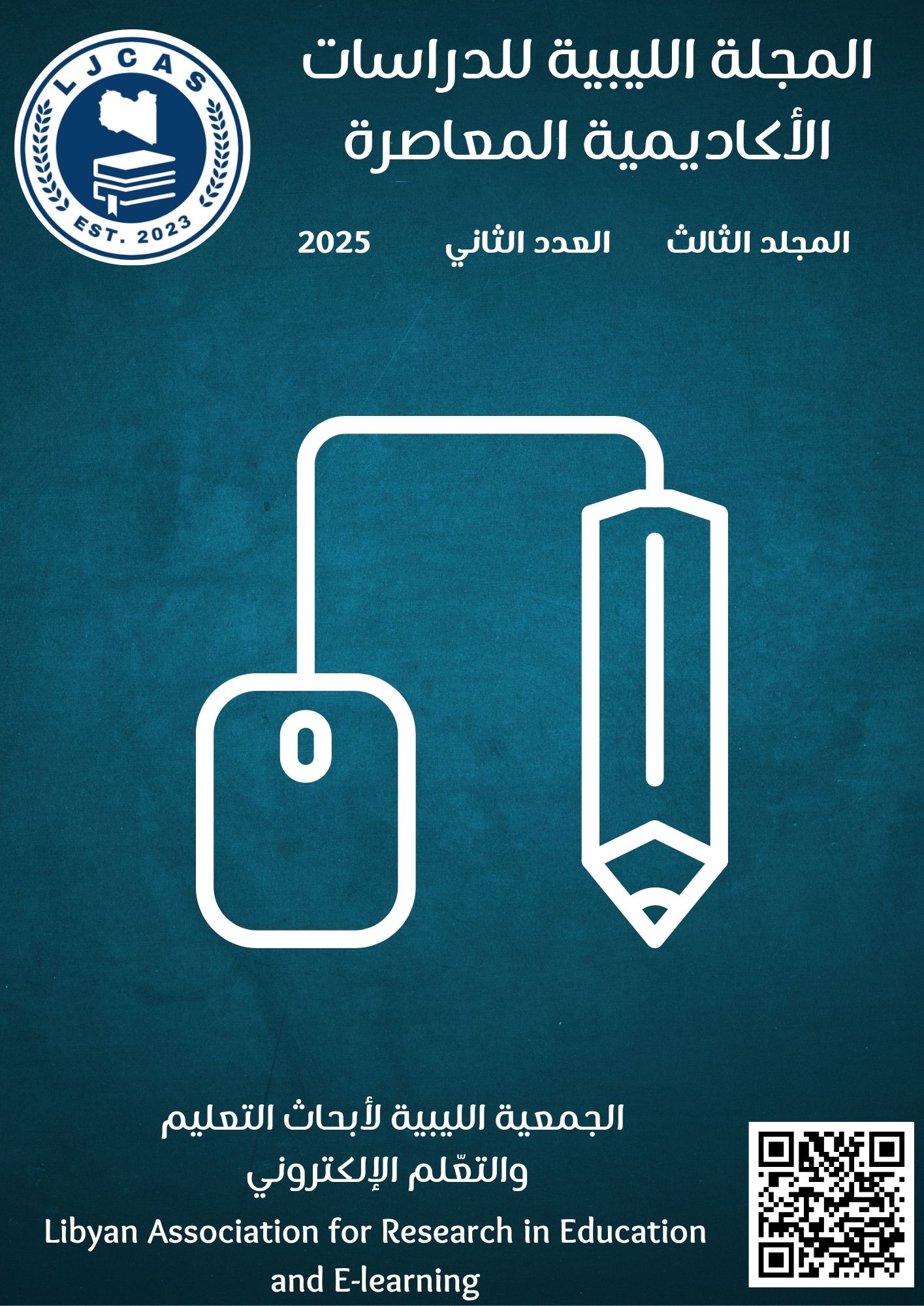Modeling and Performance Analysis of Wireless Networks Affected by Interference and Non-Identical Weibull Fading Channels
الكلمات المفتاحية:
Interference، Outage probability، Symbol error rate، Throughput، Weibull fadingالملخص
This paper investigates a direct source-destination communication system operating in an urban environment characterized by dominant non-line-of-sight (NLoS) propagation. In such scenarios, nodes periodically exchange critical safety and navigation information such as awareness messages through direct peer-to-peer communication without relying on infrastructure. The reliability of these links is significantly affected by urban-induced fading and interference from another nearby node. To accurately capture the channel behavior under these conditions, we adopt the Weibull fading model, which generalizes Rayleigh fading and effectively represents the moderate to severe multipath effects commonly encountered in short-range urban environments. The model also accounts an interference at the destination node. This uncoordinated interference leads to signal collisions, which degrade the reliability of message reception, particularly during simultaneous broadcasts. In this work, we derive new, exact expressions for key performance metrics, including the probability density function (PDF), outage probability, and throughput of the effective signal-to-interference-plus-noise ratio (SINR). The analysis provides valuable insights into the impact of independent and non-identically distributed (i.n.i.d.) Weibull fading channels and interference on the performance of proposed system in urban areas. Simulation results corroborate the validity of the derived analytical expressions and quantify the performance degradation caused by interference and fading severity.







